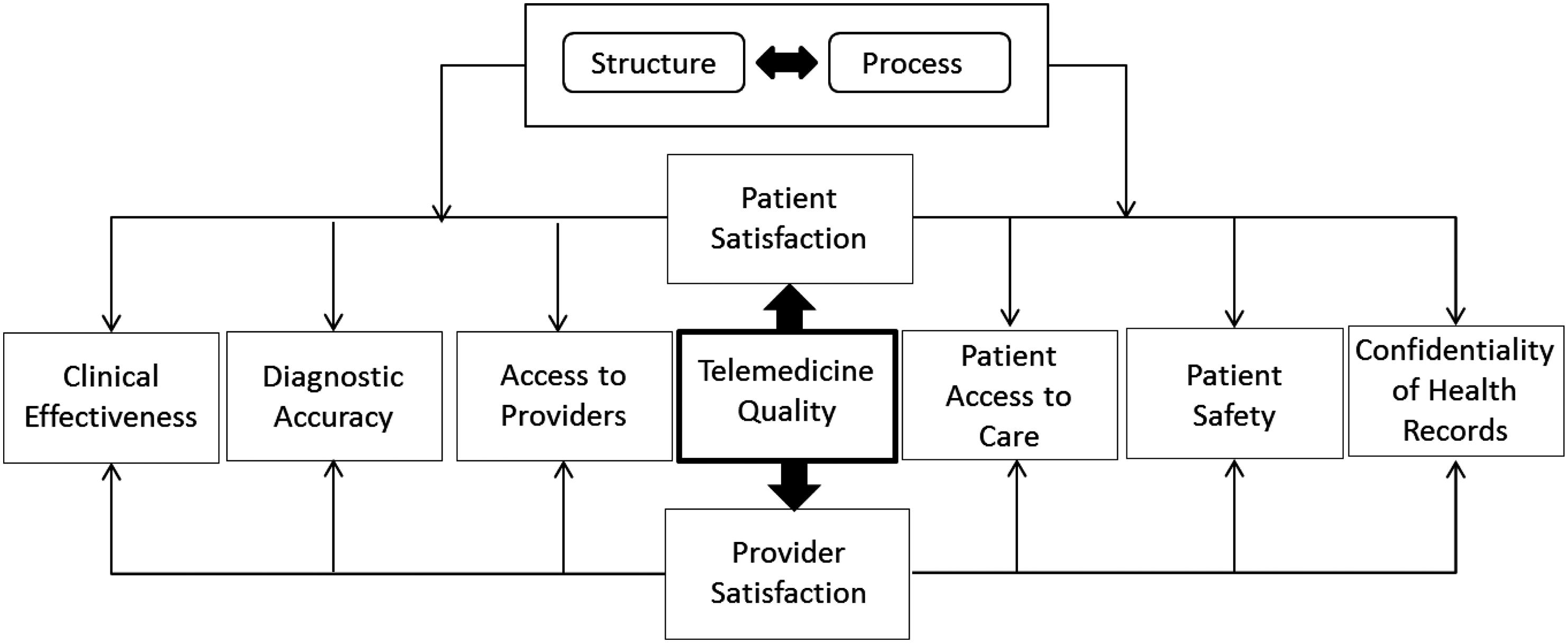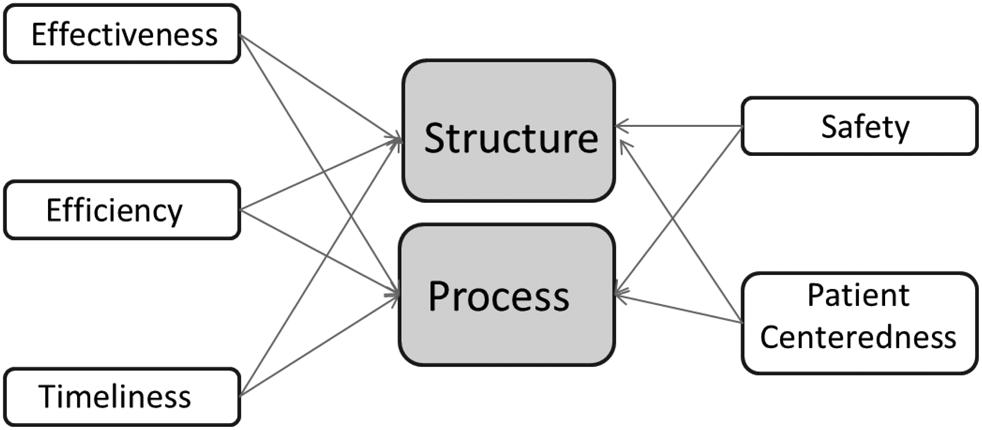
3 minute read
The Growing Trend of Retail Healthcare
follow-up patient and 30–45 minutes per new patient may no longer work. Today, it might take as much as three to five minutes for an elderly patient to make his/her way into a doctor’s office and get settled. A seemingly simple request from a provider like, “Can I see all the medications you’re currently taking?” may take six to seven minutes to address with an elderly patient. Providers usually count on a comfortable mix of younger and older patients to achieve their average visit duration. However, when most of one’s patients are 65 and older, that becomes unrealistic. ◾ With the current projections indicating a growing Hispanic population in the United States, healthcare providers would have to be more bilingual, more culturally sensitive, and reflect a more diversified staff. How provider offices communicate with patients could become a vital part of their business strategy. Other far-reaching implications include an examination of the number of Hispanic or Spanish-speaking providers produced. ◾ Often, significant growth in the aging population implies an increase in chronic conditions and the need to address end-of-life issues.
Between 2000 and 2006, when the first retail clinics emerged and quickly proliferated, traditional healthcare providers raised concerns about quality and protecting their market share. Meanwhile, the ability to get affordable and convenient treatment for minor illnesses such as coughs and sore throats became a welcome change with patients. The majority (91 percent) of patients who recently used a retail clinic reported that they were “satisfied” or “very satisfied” with their visit, according to an April 17, 2017, retail clinic survey from healthcare market researcher Kalorama Information.
Advertisement
Given the growing popularity and convenience of these retail healthcare delivery systems, many healthcare organizations have embraced that concept through partnerships with or the creation of storefront clinics, standalone walk-in and urgent care clinics, and supplemental telemedicine services. Retail giants like CVS and Walgreens are pushing further into care delivery, continuing to pressure traditional providers to increase access to care. The real question is: how will shifting the spectrum of care from hospitals to lower-cost sites affect the patient experience?
While the scope of services and delivery methods continue to evolve, what these on-demand healthcare services consistently have in common are convenience, affordability, and access. All three are vital to the patient experience. Doctors will be required to step up their efforts to optimize the patient experience, beyond measuring patient satisfaction.
Although some organizations were reluctant to embrace the retail movement, this disposition is changing. Since 2009, Springfield, Missouri-based CoxHealth has maintained a presence at numerous Walmart Supercenters. To date, CoxHealth runs five Walmart walk-in clinics and one clinic at a Hy-Vee grocery store. While Medicare and Medicaid also reimburse services provided at retail clinics, self-pay patients are expected to pay at the time of service. All prices are provided up front.
For the medium ground between assessing bug bites and performing surgery, urgent care centers provide relief without the wait or expense of going to the emergency department (ED). As they have become more widespread, so has their popularity. According to a study by Accenture, visits to urgent care centers rose 19 percent from 2010 to 2015. There are nearly 7,400 urgent care centers and counting in the United States, according to the Urgent Care Association of America.
One of the chief concerns of the opponents of retail healthcare is the quality of services offered. In the early retail clinic days, physicians’ organizations, including the American Medical Association (AMA) and American College of Physicians (ACP), were especially vocal about the trend’s potential downsides, including patient safety risks, damage to the physician-patient relationship, and the business threat to physician practices. In June 2017, the AMA House of Delegates adopted a policy that states that any individual, company, or other entity that establishes or operates retail health clinics should follow certain guidelines.
Among other things, delegates said that retail clinics should help patients without primary care providers (PCPs) obtain one; use electronic health records (EHRs) to transfer records to PCPs, with patient consent; and use local physicians as medical directors or supervisors of retail clinics. AMA delegates also stated that retail clinics should not “expand their scope of services beyond minor acute illnesses” such as a sore throat, common cold, flu symptoms, cough, or sinus infection. Similarly, the ACP released a position paper in 2015 that reflected an evolved marketplace in which the largely nurse practitioner (NP)-staffed clinics and primary care offices could coexist and even collaborate. The thrust of the new recommendations urged that retail clinics serve only as a backup alternative to primary care.





